Erlanger recommends regular screenings for common cancers. This helps to detect cancer early, improving treatment options. The following are recommended screening guidelines based on the latest research. These are general guidelines only, and sceening needs vary by individual. See your doctor to make sure you get screened based on your unique medical needs and family history.
Lung Cancer Screening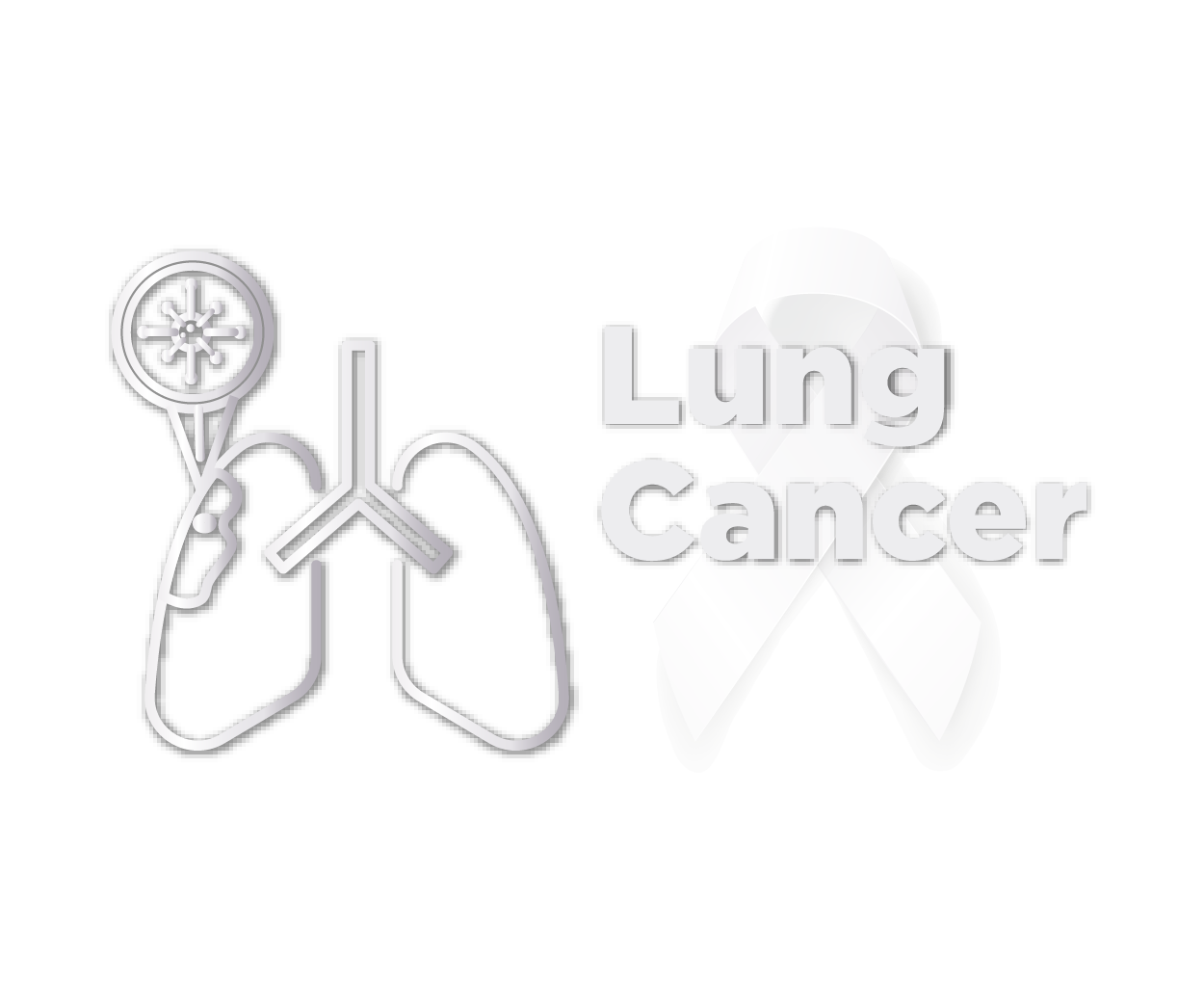
While smoking is the leading cause of lung cancer, many people who do not smoke are diagnosed every year. To reduce risk of dying from lung cancer, annual screenings with low-dose CT (LDCT) may be an option for some. Lung cancer is the leading cause of cancer death for both men and women in the United States.
- Lung cancer accounts for 25% of all cancer deaths.
- The 5-year survival rate for lung cancer is 63% when diagnosed at the local stage.
Recommended screening by age and risk:
- 50-80 High Risk People - LDCT Scan once per year
People at high risk include current and former smokers, those who have quit in the past 15 years and meet other certain criteria, those who have a 20-year pack history, people exposed to cancer-causing substances in the workplace and people who have a personal or family history of lung cancer or who had previous radiation therapy to the chest.
Certain people at higher risk may benefit from yearly LDCT screening and should talk to their doctor about the possible benefits, limits and harms of screening.
Learn more about Lung Cancer Screening
Breast Cancer Screening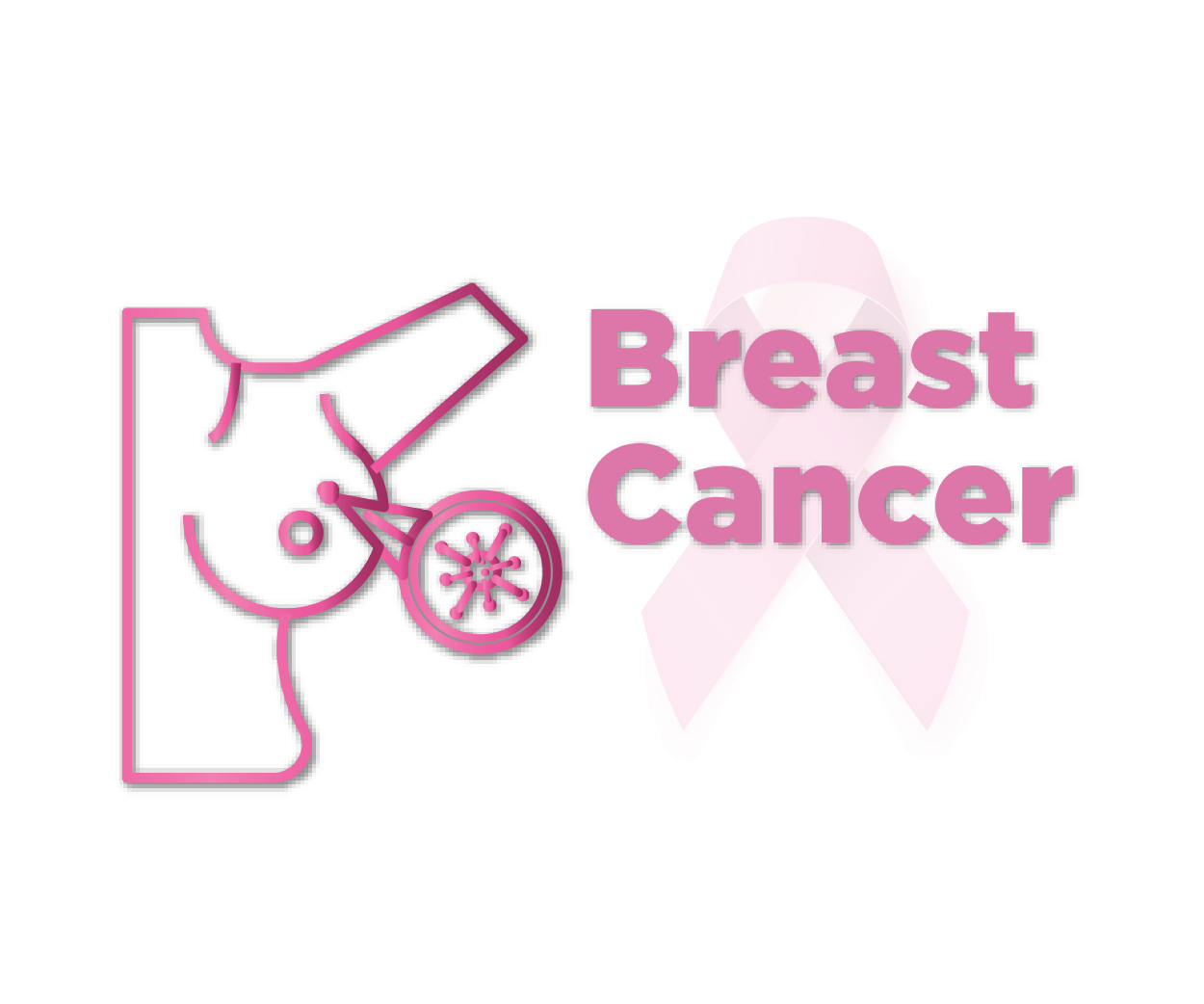
Breast cancer is the second most common type of cancer among women in the United States. Getting screened regularly is the most reliable way to find it when it's smaller and might be easier to treat. In fact, breast cancer death rates have been declining since 1989 due in part to screening with mammograms.
- About 1 in 8 women in the United States will develop invasive breast cancer in their lifetime.
- The 5-year survival rate is 99% when breast cancer is diagnosed at the local stage.
Recommended screening by age and risk:
- 25+ – Formal risk assessment for breast cancer
- 40+ at average risk – Yearly screening mammograms
- Screening mammograms should cease when life expectancy is less than 10 years
Women at high risk are those with a personal history or strong family history of certain cancers, a genetic mutation known to increase risk, and those who had radiation therapy to the chest before age 30. Those at higher-than-average risk of breast cancer should undergo yearly screening mammograms and be offered yearly supplemental imaging. This screening should be initiated at a risk-based age.
Colorectal Cancer Screening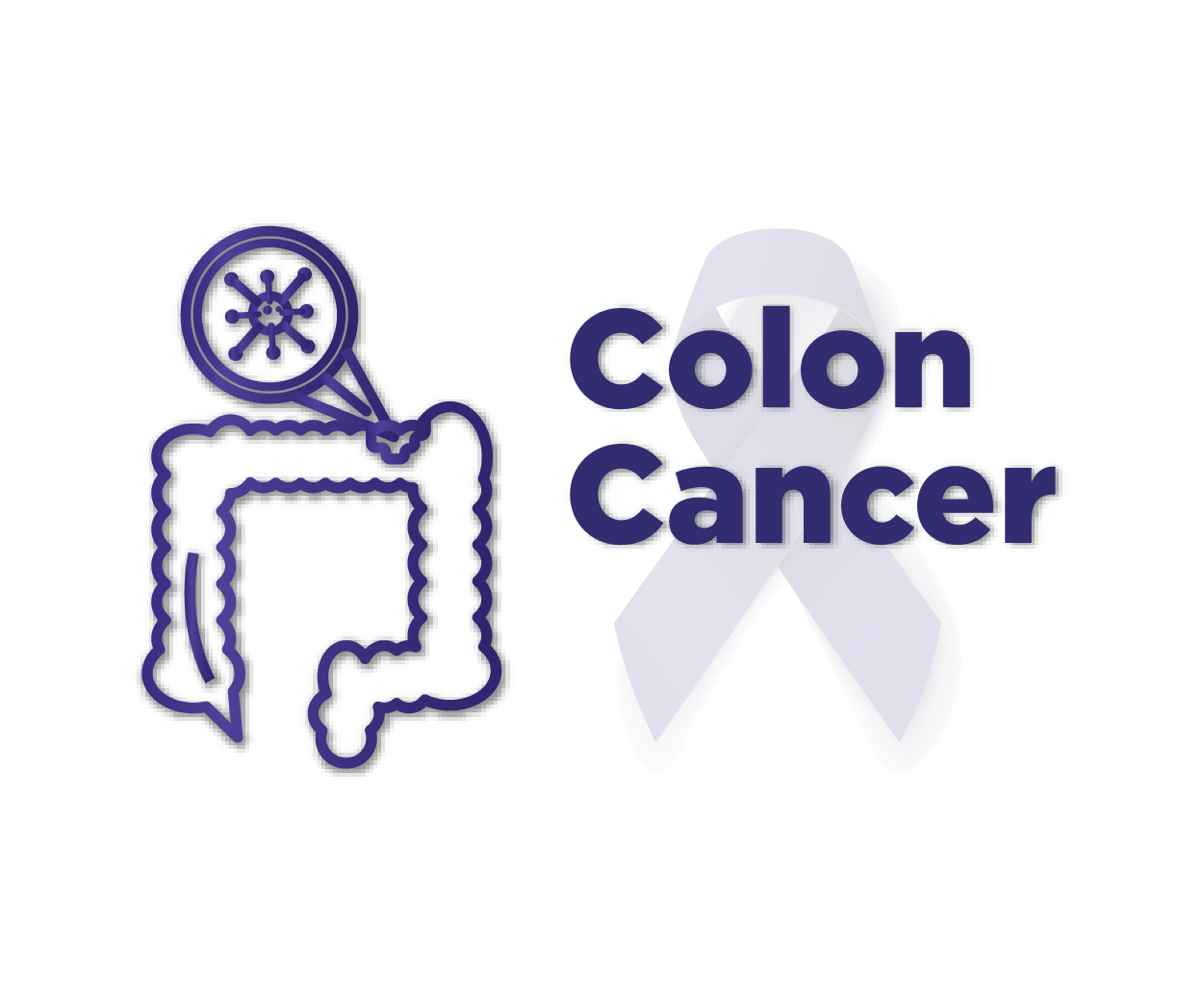
Colorectal cancer is cancer that occurs in the colon or rectum. It doesn't always cause symptoms, especially in early stages. But with regular screening, it can often be prevented or found early when it's small and might be easier to treat.
- 1 in 23 American men and 1 in 25 American women will develop colorectal cancer.
- When diagnosed at the local stage, the 5-year survival rate for colorectal cancer is 91%.
Recommended screening by age and risk:
- 45-75 Average Risk - Stool-based tests and visual exam. Frequency depends on type of screening
- 76-85 Average Risk - Screening based on preferences, life expectancy, overall health and screening history. Discuss frequency with your doctor.
- High Risk Adults - Stool-based tests and visual exams available. May need to be screened more often and/or get specific tests
People at high risk include those with a personal history of colorectal cancer and certain types of polyps, a family history of colorectal cancer, a personal history of inflammatory bowel disease, an inherited colorectal cancer syndrome, and a personal history of getting radiation to the abdomen or pelvis.
- For those with a first-degree relative (parent, sibling, or child) with colorectal cancer or adenomas diagnosed 60 years or younger OR two first-degree relatives at any age: Recommendation is a colonoscopy every 5 years beginning at age 40 or 10 years before the age of the youngest affected relative – whichever is first.
- For those with a first-degree relative who was diagnosed with colorectal cancer or adenomas greater than the age of 60 years OR two second-degree relatives with colorectal cancer: Recommendation for screening is the same as the average risk but begins at the age of 40.
Take a Risk Assessment
There are several effective tests available, including visual tests (colonoscopy, CT colonography, and flexible sigmoidoscopy) and at-home stool tests that look for abnormal fecal DNA or blood.
Stool-based tests include a highly sensitive fecal immunochemical test (FIT) every year, a highly sensitive guaiac-based fecal occult blood test (gFOBT) every year, and a multi-targeted stool DNA test (MT-sDNA every 3 years).
Visual exams include a colonoscopy every 10 years, CT (virtual) colonography every 5 years, and a flexible sigmoidoscopy (FSIG) every 5 years.
If a person chooses to be screened with a test other than a colonoscopy, any abnormal test result should be followed up with a colonoscopy.
Cervical Cancer Screening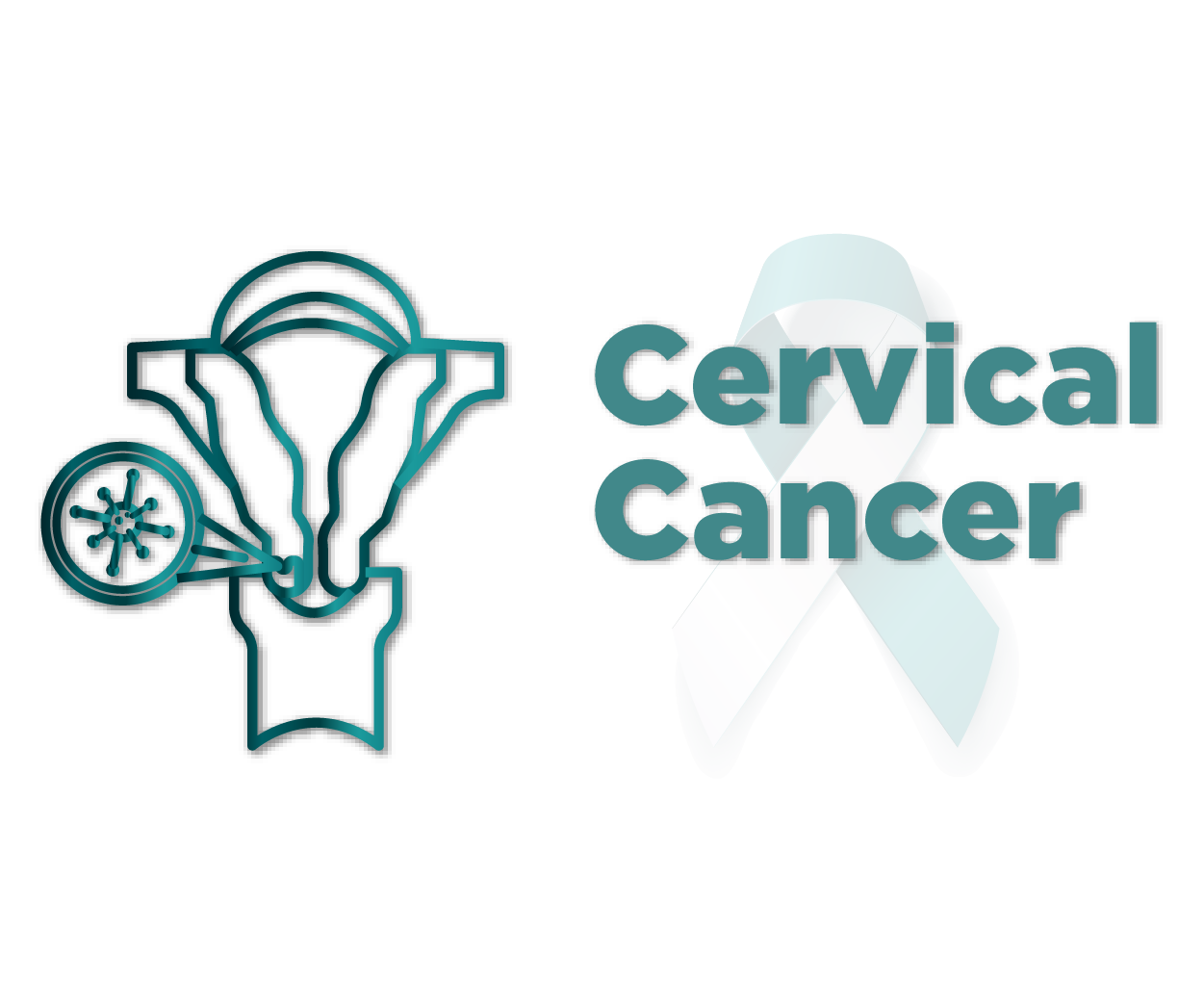
In the past, cervical cancer was one of the most common causes of cancer death for American women, but increased use of regular screening tests has significantly improved survival rates. The goal of cervical cancer screening is to find pre-cancer or cancer early when it is more treatable and curable. Regular screening can help prevent cervical cancers and save lives.
Cervical cancer screening may include Pap tests, testing for a virus called human papillomavirus (HPV), or both. In both tests, cells are taken from the cervix and sent to a lab for testing:
- A Pap test looks for abnormal cells
- An HPV test looks for infection with the types of HPV that are linked to cervical cancer
Recommended screening by age and risk:
- 21-29 – Have a Pap test alone every 3 years. HPV testing alone can be considered for women who are 25 to 29, but Pap tests are preferred.
- 30-65 – Can choose one of three options:
- Have a Pap test and an HPV test every 5 years
- Have a Pap test alone every 3 years
- Have an HPV test alone every 5 years
- 65+ – Do not need screening if you have no history of cervical changes and either three negative Pap test results in a row, two negative HPV tests in a row, or two negative co-test results in a row within the past 10 years. The most recent test should have been performed within the past 3 or 5 years, depending on the type of test.
Note:
- You still need to have screenings if you have been vaccinated against HPV.
- You may still need to have screenings if you have had a hysterectomy and your cervix was not removed.
Exceptions:
- You may need more frequent screening if:
- You have human immunodeficiency virus (HIV)
- You have a weakened immune system
- You have a history of cervical cancer
- You were exposed to diethylstilbestrol before birth
- If you have had a hysterectomy in which your cervix was removed and you have a history of cervical cancer or moderate to severe cervical changes, continue screenings for 20 years after your surgery.
- If you have had a hysterectomy in which your cervix was removed and you have no history of cervical cancer or cervical changes, you do not need screening.
Prostate Cancer Screening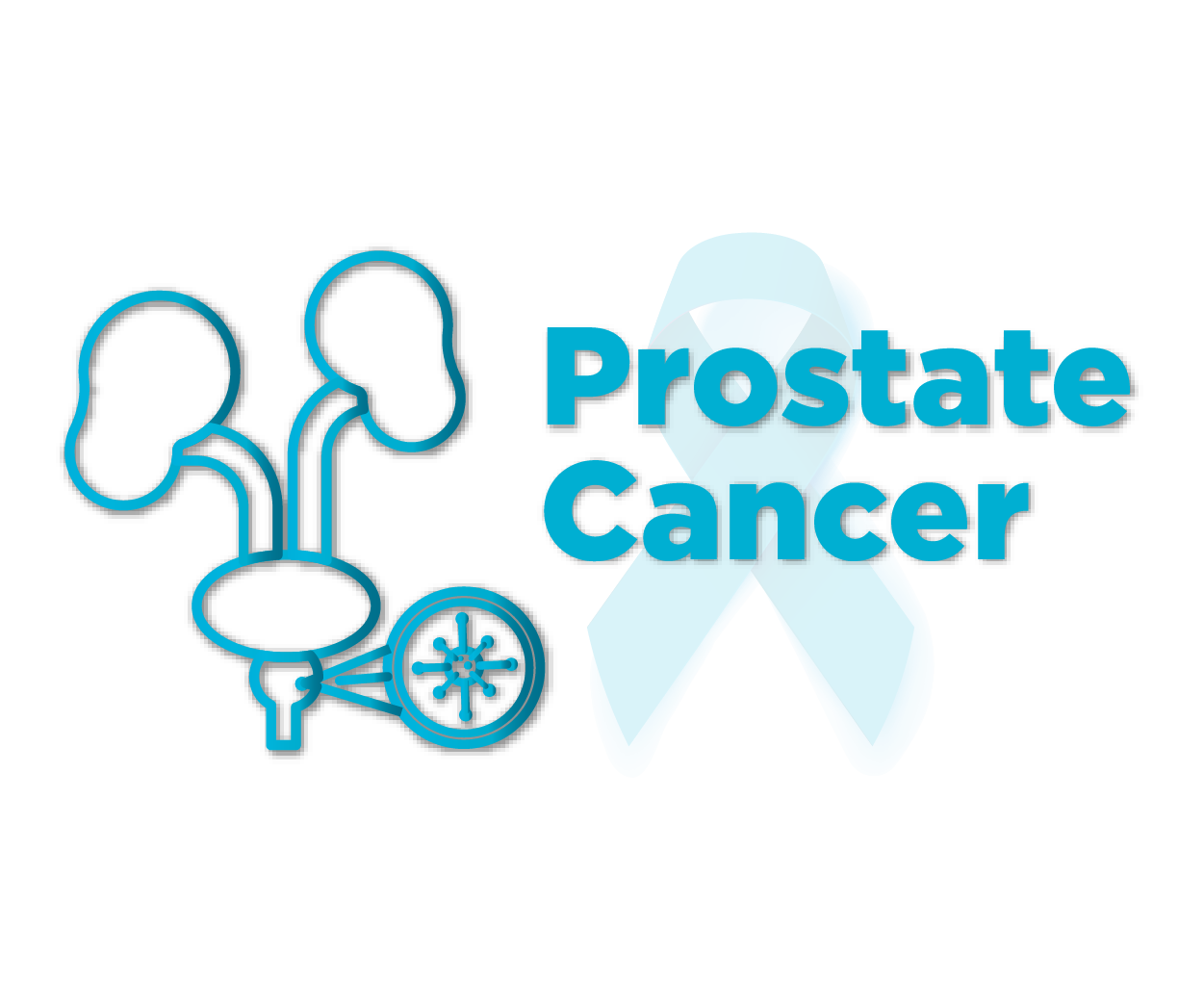
After skin cancer, prostate cancer is the most common cancer among men. It’s not clear if the benefits of screening all men for prostate cancer outweigh the risks.5 All men should make an informed decision with their healthcare provider about whether or not to get screened.
- About 1 in 8 men will be diagnosed with prostate cancer during his lifetime.
- The 5-year survival rate for a majority (89%) of men when prostate cancer is diagnosed at the local stage is nearly 100%.
For all men, the decision to be screened should be made after talking with their doctor and getting information about the uncertainties, risks, and potential benefits of prostate cancer screening. Men should not be screened without an informed decision-making process.
High risk includes African Americans and men who have a first-degree relative (father or brother) diagnosed with prostate cancer at an early age (younger than age 65).5 Higher risk also includes those with more than one first-degree relative who had prostate cancer at an early age.
Recommended screening by age and risk:
- 40+ Higher Risk Men - Prostate Specific Antigen (PSA) test + digital rectal exam. Discuss frequency with your doctor.
- 45+ High Risk Men - Prostate Specific Antigen (PSA) test + digital rectal exam. Discuss with your doctor
- 50+ Average Risk Men - Prostate Specific Antigen (PSA) test+ digital rectal exam Discuss with your doctor
Skin Cancer Screening
Anyone can get skin cancer − it’s by far the most common type of cancer. Although the American Cancer Society does not have screening guidelines for skin cancer, everyone should know their own skin. Checking skin regularly may help spot new growths or abnormal areas before they have a chance to turn into skin cancer.
- Among Non-Hispanic whites, 1 in 27 men and 1 in 40 women will get melanoma, the deadliest form of skin cancer, in their lifetime.
- When detected early, the 5-year survival rate for melanoma is 99%.
The best way to spot problems that might be skin cancer is to be aware of any areas that are new or changing in size, shape or color.
Anyone with new or changing areas, growths, itching, or bleeding on the skin should be examined by a doctor as soon as possible.
Recommended screening by age and risk:
- ALL Children and Adults - Skin checks during a physical exam + skin self-exams. Discuss frequency with your doctor.

